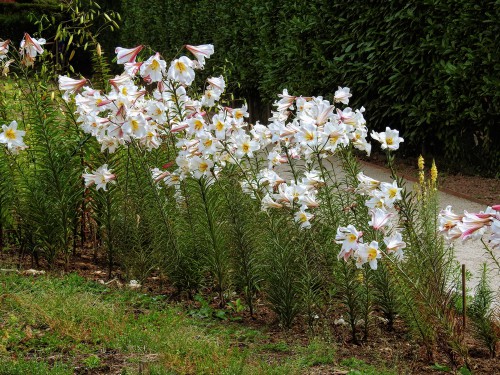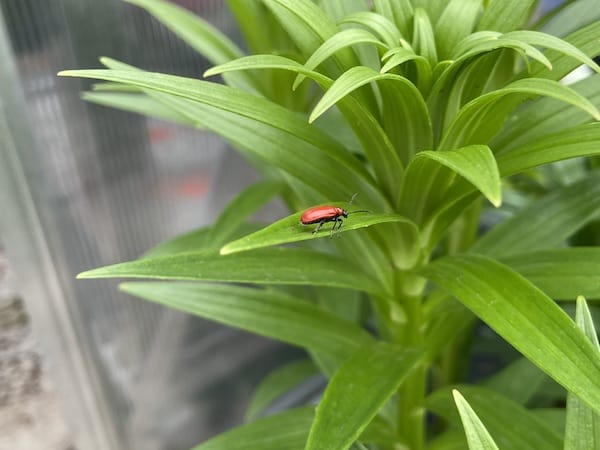Last updated on May 10th, 2022
Our site is reader supported, this means we may earn a small commission from Amazon and other affiliates when you buy through links on our site.
Lillies are stunningly exotic flowers that sit upon their tall stems. They thrive in areas with full sun or partial shade, consistent water levels and good air circulation. Caring for Lillies is on par with that of most bulbs and perennials and when it comes to grooming them after they have bloomed, very minimal pruning is required.
Removing flowers from Lillies
After your Lily flowers have started to fade, you should remove them straight away. If you allow them to remain, the spent blooms, like most flowers, will convert into seeds and on Lillies, this is best avoided. Your Lillies have a finite amount of energy and a great deal of it gets diverted into producing seeds. If you prevent this from happening, your Lillies can put that energy into producing more flowers.
What to do with Lily seed pods
If your Lillies have finished flowering and you are left with just the seed pods, these can be removed just leaving the stem until autumn or spring when it can be cut to just above the soil.
Removing the flowers and stems will usually mean they don’t do much the following year
To remove the spent blooms, you can simply cut them off although it’s usually fairly easy to just pinch them off by hand. Alternatively, you can bring a bit of nature indoors by cutting the stalks as soon as your flowers are about to bloom, and using them for indoor flower arrangements. If you opt for this route, be sure to store them in cold water with indirect sunlight and they will last for days. The downside of this is that the bulbs don’t usually do much the following year because there is little growth to die back and give the bulb the energy it needs for the following year.
Whether you cut the spent blooms and discard them, or cut the stalks and bring them in your house, you should always disinfect the tools you use each time by wiping them off with a mixture of 1 part bleach to 9 parts water or rubbing alcohol. Wipe down the blades between each cut. This will thwart the spread of disease.
How to prune Lillies after blooming
While snipping away at spent blooms, you might be tempted to cut back the foliage too. But it is in your best interest not to. Even though the foliage turns yellow, it is serving a purpose; at this time the Lillies start saving energy in the bulbs in preparation for the upcoming growing season. If you cut back the yellow or faded foliage, you deprive your Lillies of much-needed energy. At the end of autumn or the beginning of spring, once your plant has died back completely you can snip it back, but not before.

Don’t cut back Lily stems until they have turned yellow and brown in autumn or spring
Tangentially, leaving the growth in place, no matter how discoloured, can help you identify its location the following spring, so that you avoid accidentally digging them up. Lillies are made of soft bulbs without any protective shell, so even a minor nick by a shovel can seriously damage them. For that reason, waiting until the start of spring is recommended for those who don’t mark where their Lillies or for those who regularly garden around their Lillies.
What to do with potted Lillies after they have finished
If you have Lillies growing in pots, you go through the same process of removing flowers and seed pods and cutting back the stems in autumn or spring once the stems have turned yellow and brown.
Lillies to buy
Pruning out diseased stems from Lillies
There is one exception to the rule of removing the foliage and it has to do with disease. As is the case with all plants, if you notice any type of infection, disfigured or withered leaves, prune them and discard them. If you see evidence of the mosaic virus, mottled leaves that are spotted, dig up your Lily before the disease spreads to nearby plants. If you see signs of root rot, you can try to rectify the poorly draining soil but you may very likely have to remove the entire plant and try again.

Overall, there is very little garden maintenance required when it comes to pruning your Lillies but there are some exceptions and the sooner you catch these exceptions and deal with them, the less likely they are to infiltrate the rest of your garden.

Last update on 2025-07-05 / Affiliate links / Images from Amazon Product Advertising API





